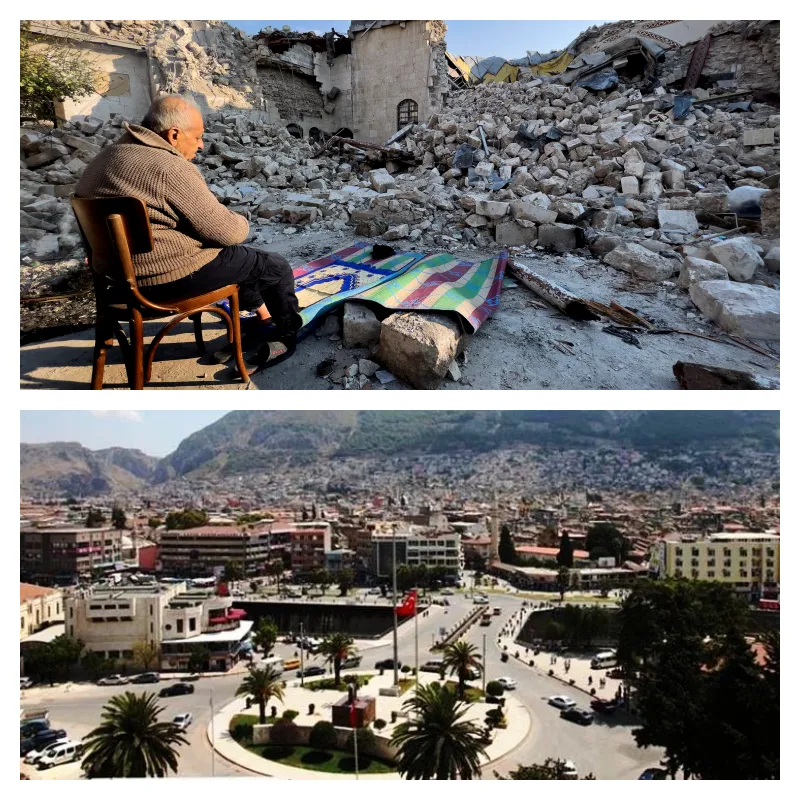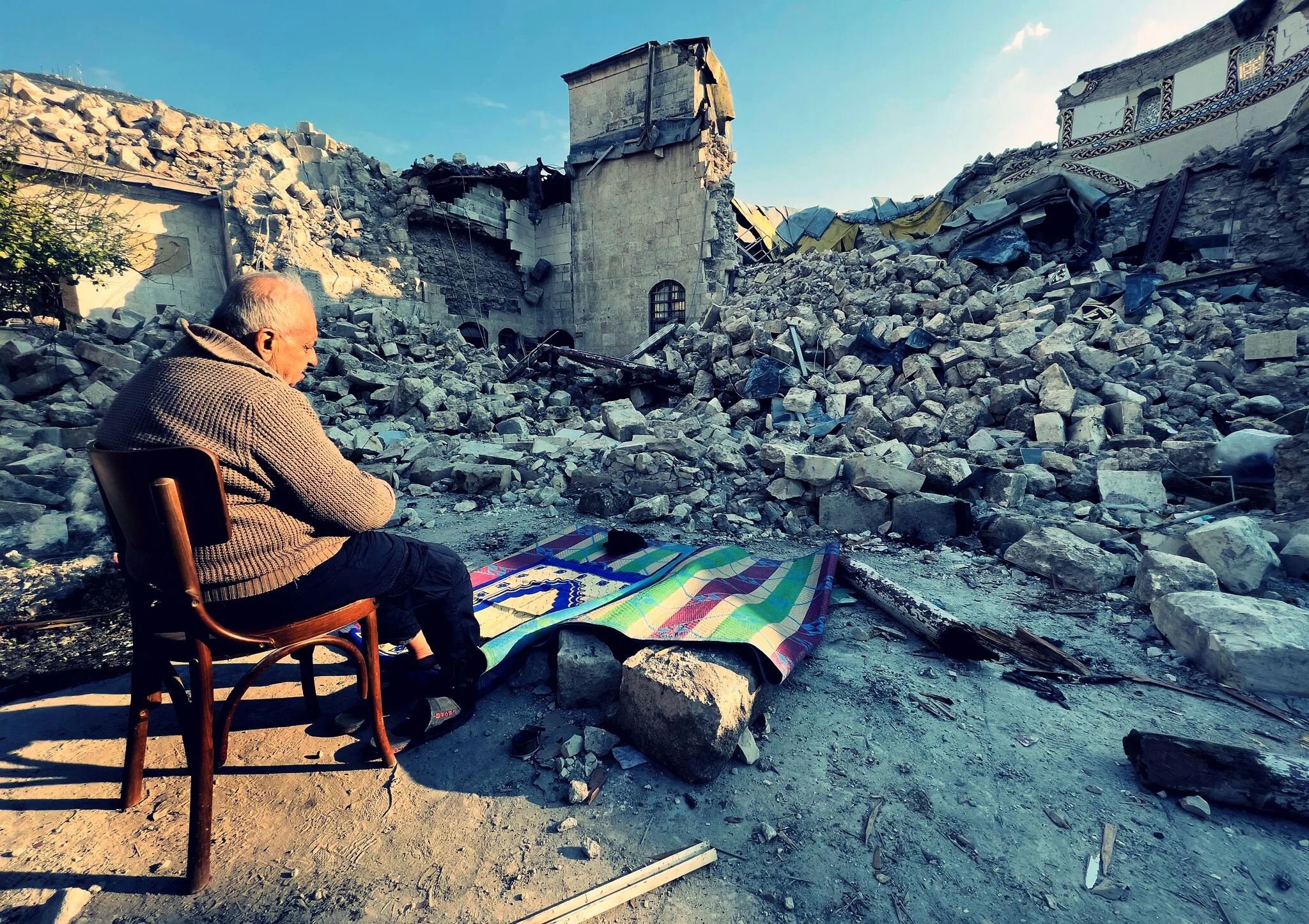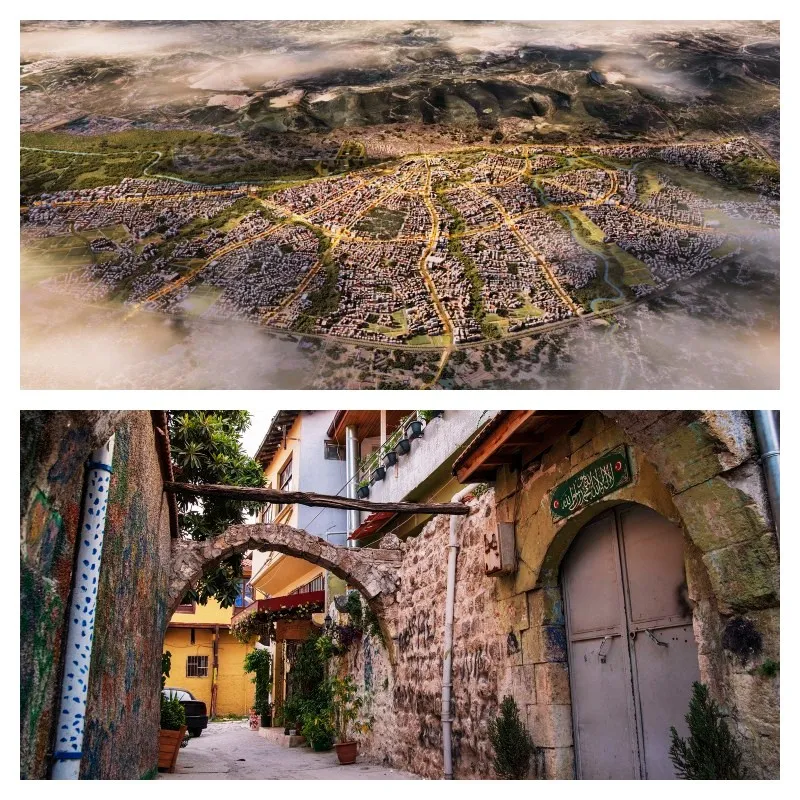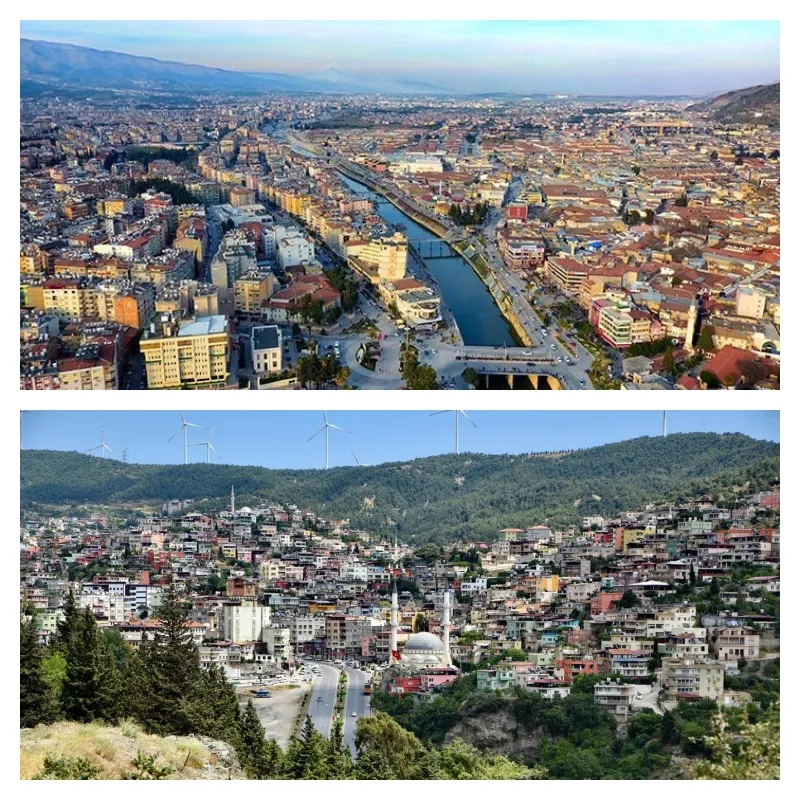
Unprecedented Destruction
On February 6 of last year, Antakya, Turkey, was struck by two powerful earthquakes measuring 7.8 and 7.5 on the Richter scale. These devastating quakes caused the deaths of over 50,000 people and displaced millions in the southern region of Turkey and northern Syria. The United Nations has estimated that the cost of rebuilding the affected areas will exceed $100 billion. Antakya, historically known as Antioch and the capital of Hatay Province, was among the hardest hit cities in Turkey, with nearly 80% of its buildings reported as damaged beyond repair.

**Rebuilding with Resilience**
According to Nicola Scaranaro from the architectural firm Foster + Partners, the devastation was “beyond imagination.” The firm has recently unveiled a master plan aimed at not only rebuilding and revitalizing Antakya but also “future-proofing” the city against future natural disasters such as earthquakes and flooding. This ambitious goal is particularly challenging given that last year’s earthquakes were the seventh such disaster to strike Antakya since its founding in the fourth century BC.
**Addressing Natural Threats**
Antakya’s location at the foot of Mount Habib Neccar, along the Asi River, exacerbates the impact of earthquakes due to a phenomenon known as soil liquefaction, where the soil behaves more like a liquid during seismic events. Additionally, flooding has long posed a risk to residents, with over 45,000 people in a 2.5 million square meter area at risk even before last year’s disaster. This risk is expected to increase amid the ongoing climate crisis.

**Innovative Design Solutions**
To ensure resilience, Foster + Partners, commissioned by the Türkiye Design Council, have led an international consortium to develop a comprehensive rebuilding strategy. This includes architectural and street design improvements aimed at mitigating earthquake impacts. The new plan features compact buildings designed to withstand seismic activity better than the previous large and long L-shaped structures. Additionally, neighborhood “superblocks,” inspired by Barcelona’s design, will promote car-free zones, ensuring multiple evacuation routes for both emergency services and residents.
**Enhancing Quality of Life**
The new urban design also prioritizes quality of life, reducing traffic and increasing green spaces. The plan designates significant areas along the river to remain undeveloped, replacing them with continuous riverfronts and parks that act as natural “buffer zones” against flooding. These green spaces, planted with native species, will provide essential habitats for local wildlife and contribute to the city’s ecological balance. The goal is to double the amount of green space per capita and create “green corridors” to support biodiversity and enhance pedestrian and cycling routes.

**Building Trust and Community**
Construction began while the master plan was still being developed, with engineering consultancy Buro Happold predicting a full revitalization timeline of 10 years. The planning consortium hopes to set a new standard for disaster recovery globally, emphasizing a climate-first approach that Scaranaro feels has been lacking.
“The focus should be on resilience,” Scaranaro said. “Sustainability needs to be meaningful, not just a buzzword.”
Despite its global implications, the plan was crafted with a strong focus on the people of Antakya. Preserving the city’s “spirit” was a core objective, with interviews conducted with older residents to gather their memories and aspirations for the city. One elderly resident expressed deep mistrust of the new buildings, saying, “I don’t trust these buildings anymore; they have betrayed me.”
For Scaranaro, this sentiment underscores the essence of the project: “It’s not just about buildings; it’s about rebuilding trust and a sense of belonging. We want people to feel that they have played a part in restoring their city.”



